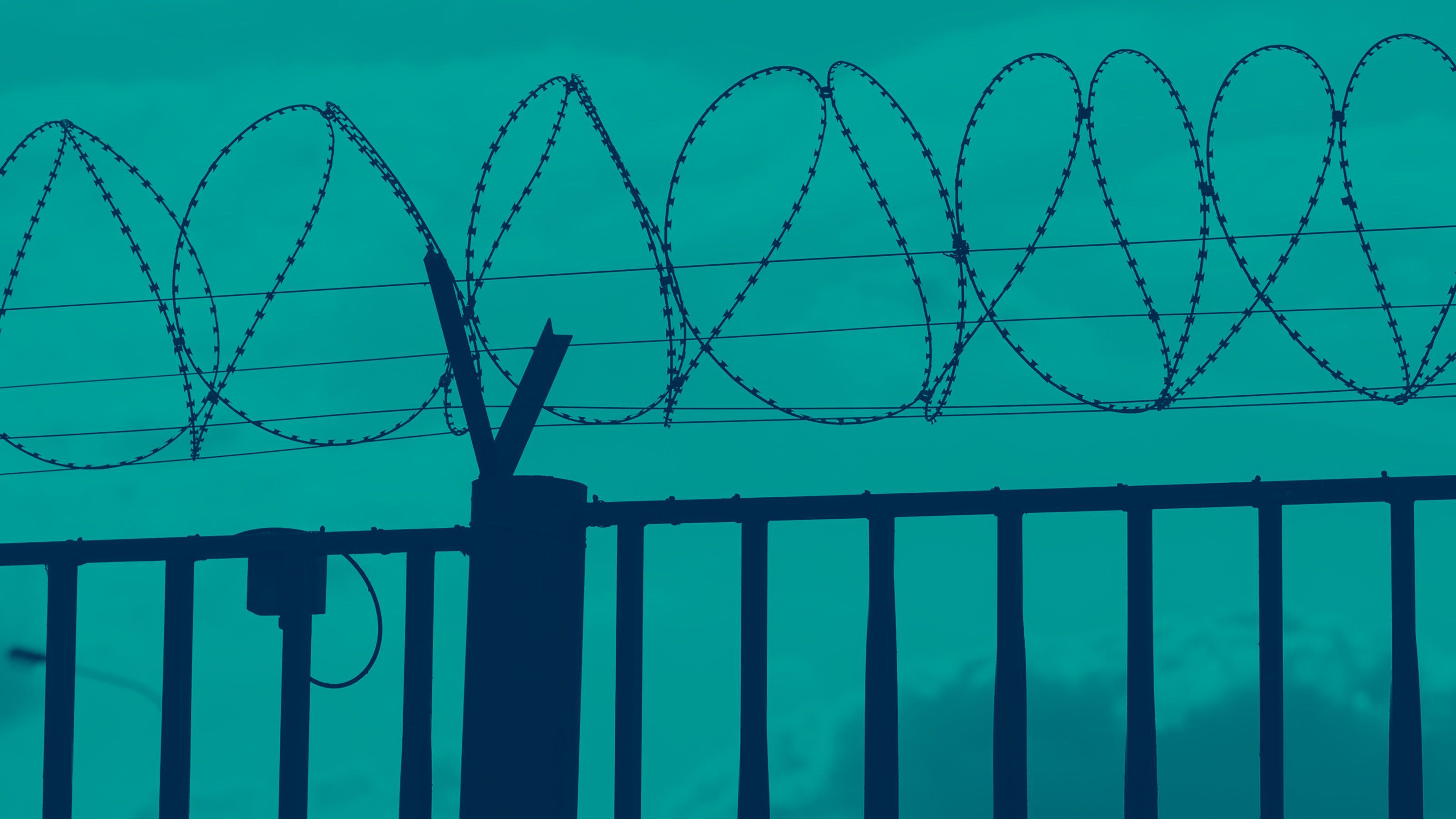Registration
You will receive an email confirming your registration.
The Security Studies Seminar is a monthly seminar series that aims to comprehensively discuss a new piece of academic research on matters pertaining to Indian and international security, with the author.
The Indian Navy has been historically constrained to the margins of India’s military strategy, owing to India’s preoccupation with threats emerging from its continental borders as well as a shortage of resources. However, since the end of the Cold War, the Navy’s profile has indisputably increased. Not only has the Navy grown in size, but its ambitions to shape the geopolitics of the Indo-Pacific have now come to the forefront. The question then arises: How has the role of the Indian Navy changed within India’s military strategy? To what extent has India’s varying strategic posture in the Indian Ocean influenced the Navy? Further, how will the Navy respond to a growing Chinese presence in India’s maritime environment?
Carnegie India hosted Yogesh Joshi, a research fellow at the Institute of South Asian Studies, National University of Singapore, who presented his upcoming paper titled the Evolving Role of the Navy in India's Military Strategy. This discussion was moderated by Srinath Raghavan, a senior fellow at Carnegie India.
Discussion Highlights
- India’s Naval Trajectory: Participants explained that there have been three distinct phases in India’s Naval trajectory: bandwagoning, balancing, and hegemony. The bandwagoning phase began shortly after ndependence. In this period, political, economic, and strategic factors hampered the growth of the Navy, and India made the strategic decision to bandwagon with the navies of Western powers – namely the United Kingdom and the United States. Participants identified the 1971 war as a turning point; the success of the Navy during the conflict raised its stature among the Indian armed forces. Further, the role of the U.S. Seventh Fleet towards the end of the war led to the demise of India’s bandwagoning strategy. India now began to view the presence of the U.S. Navy in the Indian Ocean as an interventionist threat and New Delhi changed its bandwagoning approach to one of balancing against the United States with Soviet assistance. Participants noted that the 1980s signified a ‘golden period’ for the Indian Navy, wherein it received considerable political and economic support. During this period, the Navy’s balancing approach was replaced by one of maintaining hegemony in the northern Indian Ocean. However, with the end of the Cold War, the Indian Navy lost its momentum due to the loss of its principal benefactor, the Soviet Union, as well as the resulting economic crisis.
- Emergence of the Indian Navy in the 21st-century: Participants argued that even though the 1980s are considered to be a golden period for the Indian Navy, its significance has only been truly understood in the 21st Century. They outlined three reasons for this. To begin with, the 21st century has seen a drastic rise in the Navy’s responsibilities and its mandate. It is no longer limited to India’s immediate periphery in the Northern Indian Ocean and has been formally deployed across the Indian Ocean Region in various capacities. In addition to this, curtailing Chinese presence in the Indian Ocean has now become a vital security concern. Furthermore, participants mentioned that regional and great powers alike have accepted the emergence of the Indian Navy as an independent, indigenous and capable naval power in the region.
- A New Strategic Environment: Participants highlighted the four factors that define India’s Naval strategy: threats, resources, political sponsorship, and the level of strategic involvement in the Indian Ocean. Participants noted that historically, India has mainly focused on the security of its land borders i.e. the threat emerging from its northern frontiers. Even when it came to China, India saw the border dispute as the only potential avenue for conflict. However, China’s increasing naval capabilities and growing presence in the Indian Ocean have raised the significance of maritime security within Indian strategic thought. Participants concurred that India could use the maritime domain to communicate deterrence and show its resolve to counter Chinese hostilities across the Himalayan border.
- Limitations of India’s Naval Strategy: Participants highlighted that even though India could theoretically use the maritime domain to weaken China’s war-waging potential, the efficacy of the Indian Naval strategy directly corresponds with Chinese activities along the LAC. They discussed the limitations of this approach. Maritime strategy requires a considerable amount of time to produce results, however, a conflict along the LAC would be a brief affair. Participants pointed out that the Navy would not be able to hurt China’s economy in such a short time frame. Furthermore, in order to hurt China’s economy, the Navy would have to establish sea control at multiple choke points – a task, participants agreed, was beyond Indian capabilities. Participants also mentioned that a victory in the high seas could not make up for the loss of territory along the Himalayan frontier.
The event summary was prepared by Dikshita Venkatesh, a research intern at Carnegie India.
